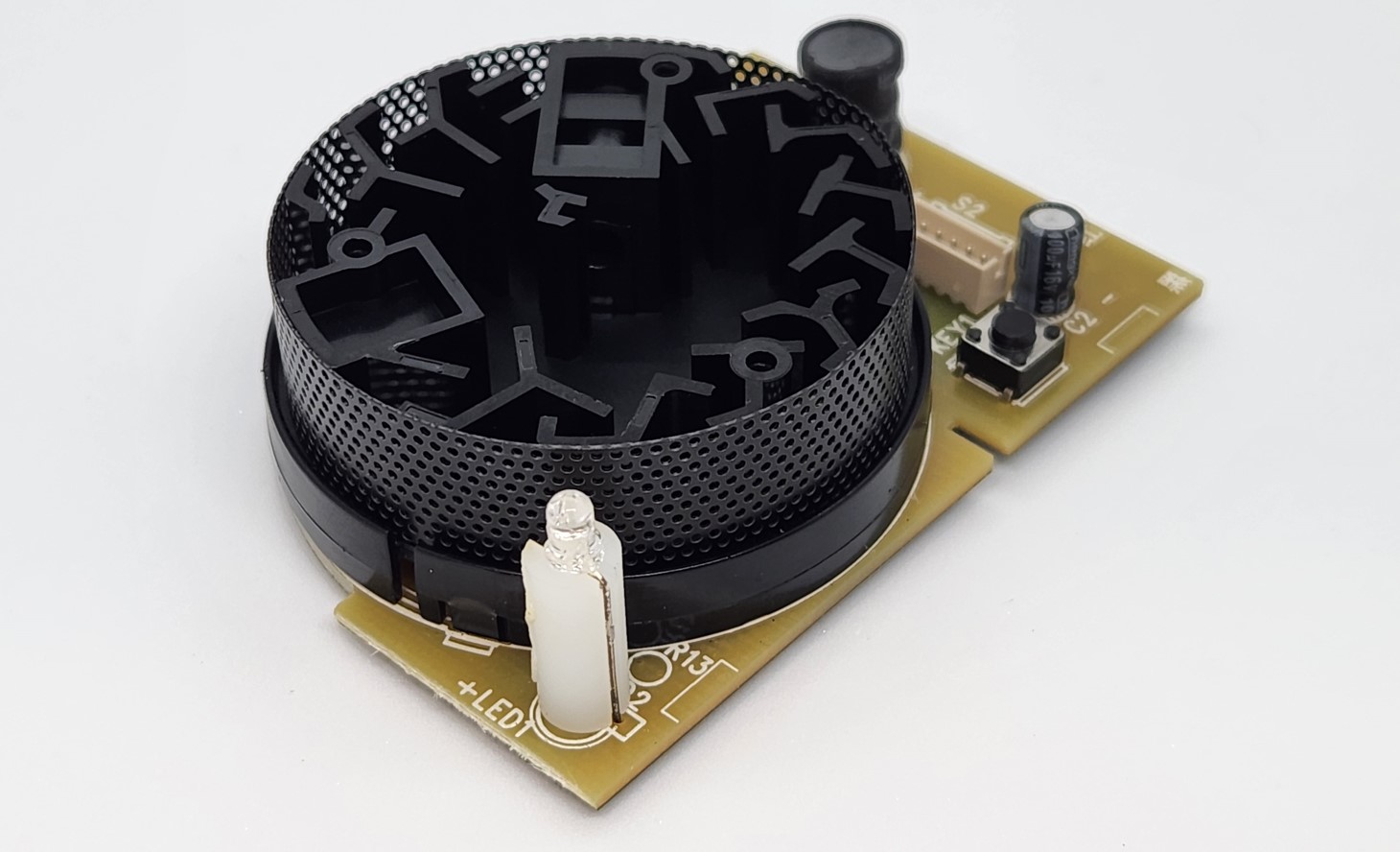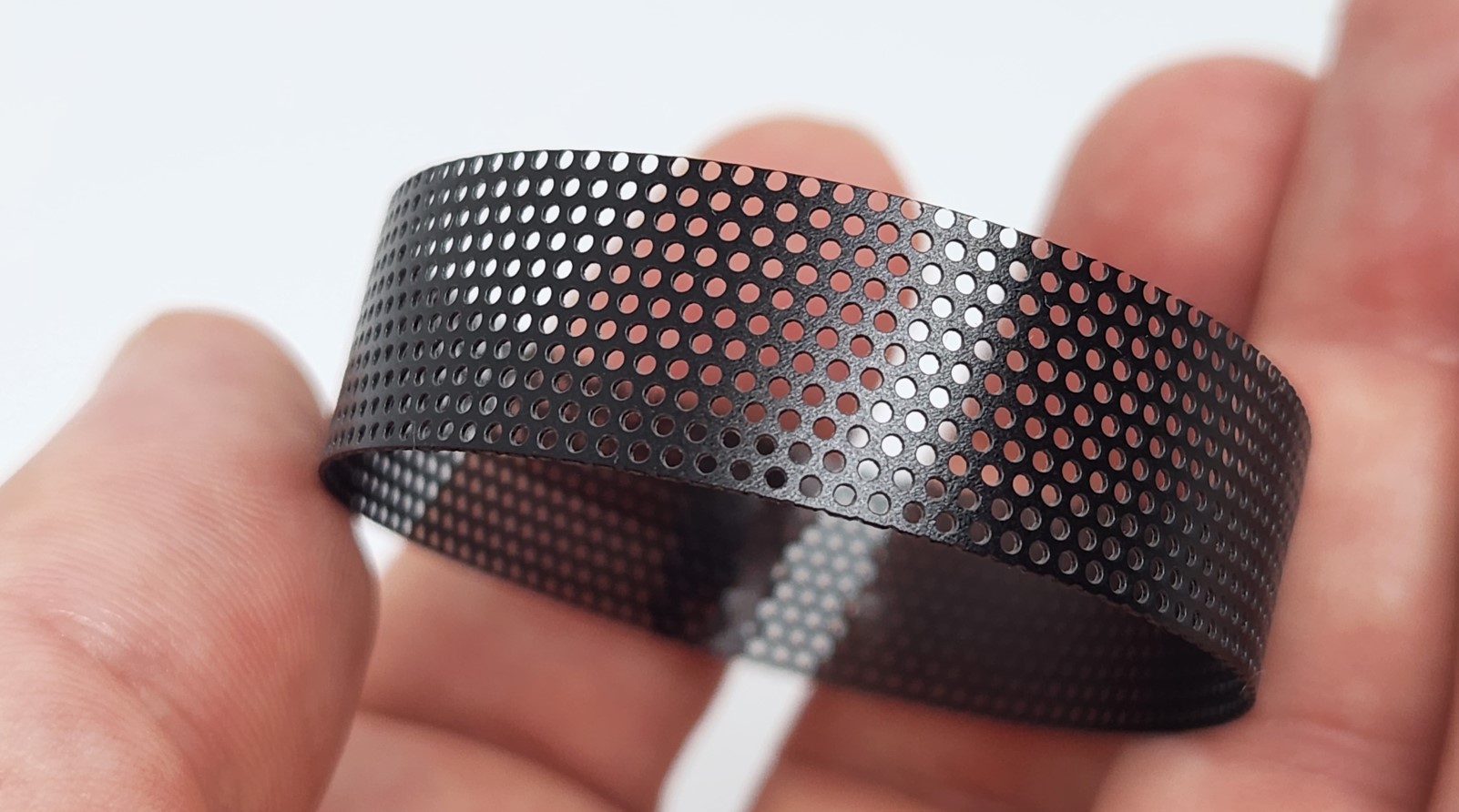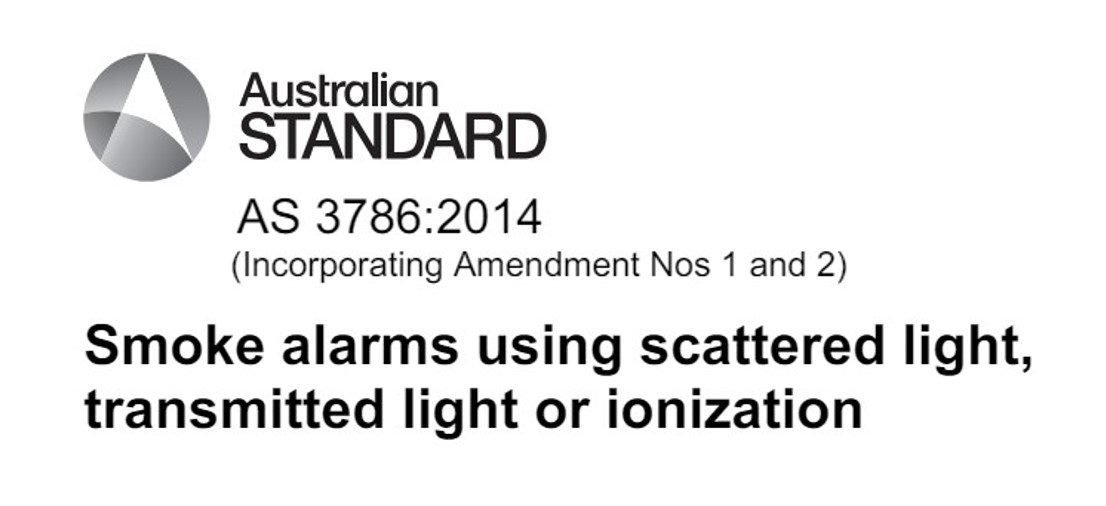Before buying a photoelectric smoke detector you should do your due diligence to ensure it is compliant to Australian Standard 3786:2014. The full name of the standard which encompasses photoelectric smoke alarms in Australia is ‘Australian Standard 3786:2014 Smoke alarms using scattered light, transmitted light or ionization’ (incorporating amendment 1 and 2). The first of this two part series will review Australian Standard 3786:2014 to assist your purchasing decision.
Australian Standard 3786:2014
Standards are documents that set out specifications, procedures and guidelines to ensure products are safe, consistent, and reliable. Australian Standard 3786:2014 is referenced by QLD’s Building Fire Safety Regulations 2008 – when a standard is referenced by state or national legislation, compliance with it becomes mandatory. It is interesting to note that although there is a newer Australian Standard 3786:2023 – it is not yet referenced by legislation – therefore Australian Standard 3786:2014 must still be complied with in the eyes of the law.
Australian Standard 3786:2014 is divided into several key components – the two of interest that will be reviewed in this article are ‘tests’ and ‘general requirements’.
Section 4.17 of the Australian Standard states that; ‘The smoke alarm shall be so designed that a sphere of diameter larger than 1.3 ±0.05 mm cannot pass into the sensor chamber(s)’. This requirement is intended to restrict the access of foreign bodies such as insects into the sensitive parts of the smoke alarm (to prevent nuisance alarms). It is known that this requirement is not sufficient to prevent the access of all insects; however, it is considered that extreme restrictions on the size of the access holes may introduce the danger of clogging by dust, etc.
Photoelectric Smoke Detector Chamber – Insect Screen
How does this requirement translate into the design and manufacture of your photoelectric smoke detector? The image below shows the compliant internal component from a ZEN wireless interconnected photoelectric smoke detector. The polymer mesh screen surrounding the sensitive photoelectric chamber within the alarm contains thousands of tiny holes, each perfectly engineered, no larger than 1.3mm in diameter. The tiny holes prevent most insects from accessing the internal chamber whilst still allowing air (and smoke) to pass through.

Mesh screen surrounding the photoelectric smoke alarm internal sensor chamber

As per Australian Standard 3786:2014 – holes must be no larger than 1.3mm diameter
In addition to this internal mesh screen around the perimeter of the photoelectric chamber, the wireless interconnected photoelectric smoke detector also has an outer grill which forms part of the housing of the alarm. The external grill also prevents larger foreign bodies from entering the alarm itself. Foreign bodies (i.e., insects) are a common cause of false / nuisance alarms because they can enter the sensitive internal components and disrupt the photoelectric light beam. This external grill ensures enhanced protection, preventing dust, debris, and insects from causing operational issues, ultimately improving the alarm’s reliability and longevity, and reducing the need for frequent maintenance.
We hope you have enjoyed this review of Australian Standard 3786:2014 and how it translates to the design of your photoelectric smoke detector. Whilst many photoelectric smoke detector retailers might profess to be aware of the standard, very few can claim to have read it from cover to cover or have a genuine understanding of what it really means, especially in practical applications. Understanding these details ensures you are choosing the best fire safety solution for your home or business, backed by solid compliance and quality assurance.


Want to know more? Watch our ZEN Smoke Alarm YouTube channel or call us on 0478 596 402 today
We love talking smoke alarms!
ZEN Photoelectric Smoke Alarms
New Farm, QLD, 4005

